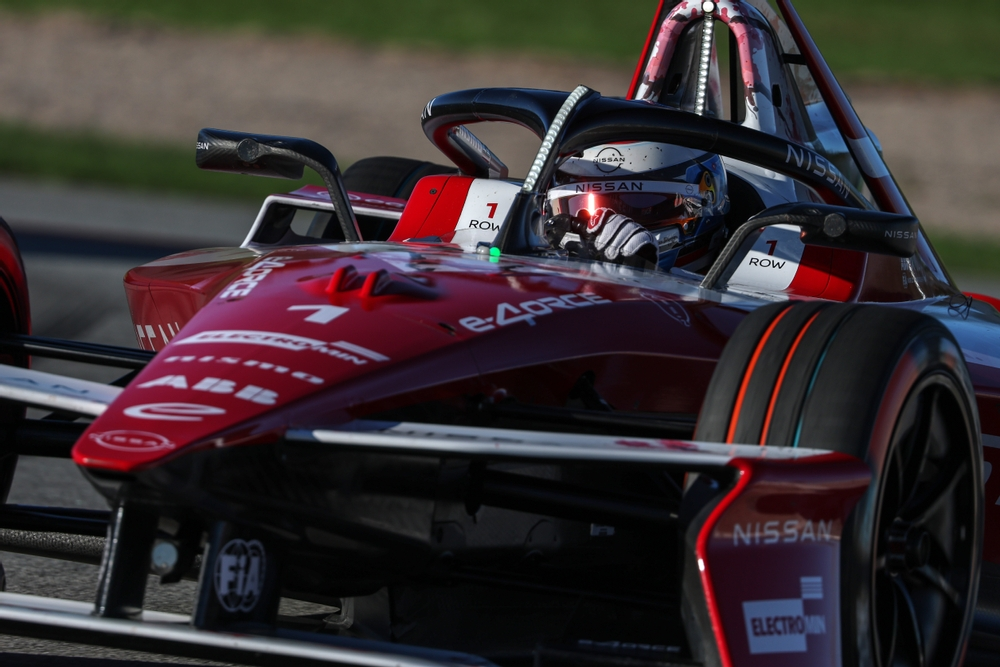
Today, the FIA unveiled the calendar for the F1 2026 season, revealing a few minor changes, with the most significant being Imola’s absence.
Since hosting its first F1 championship round in 1980, Imola has served as the home of the Emilia-Romagna Grand Prix since 2020. The circuit has hosted the Italian Grand Prix once. It famously staged the San Marino Grand Prix from 1981 to 2006. Legendary drivers like Alain Prost, Ayrton Senna, Nelson Piquet, and Nigel Mansell dominated the track throughout the 1980s and early 1990s.
Tragically, Imola is also remembered for the deaths of Roland Ratzenberger and F1 icon Ayrton Senna in 1994. Since then, the venue has held memorials for the two drivers, featuring yellow and green kerbs, the colors of the Brazilian flag.
The fast-paced, anti-clockwise circuit captivated both drivers and fans. However, in recent years, it earned the nickname “second Monaco” due to the difficulty of overtaking with new-generation F1 cars, leading to lackluster races. The 2025 Grand Prix turned this narrative around, as stars like Oscar Piastri, Charles Leclerc, Alex Albon, and Max Verstappen delivered thrilling track action and overtakes.
Enzo Ferrari, the founder of Ferrari, held Imola in high esteem. In 1952, he even expressed intentions to build a factory next to the track.

Enzo Ferrari’s Intentions to Build a Factory near Imola.
Unfortunately, due to declining financial value, 2025 likely marks the last time F1 fans will witness racing at Imola. Speaking during the Imola Grand Prix, F1 head Stefano Domenicali noted that with numerous new tracks vying for a spot, justifying two grand prix in Italy became increasingly difficult.
This statement carries a hint of irony, considering that Imola has been replaced by one of the two races in Spain next year. However, this decision honors the remaining year of the contract with Barcelona, as Madrid prepares to host the Spanish Grand Prix in September 2026.
Other minor changes to the calendar include:
- The Monaco Grand Prix now takes place in June, a shift designed to prevent two of the Triple Crown events from occurring on the same weekend, a situation that has plagued the schedule for years. This change benefits fans; they will no longer have to choose between events.
- The Canadian Grand Prix will now next to Miami, a move many have advocated for since F1 and the FIA introduced environmental initiatives. However, the 2026 Canadian Grand Prix coincides with the Indy 500, potentially undermining the positive impact of moving Monaco to June. Given the Indy 500’s popularity among Americans, the Canadian Grand Prix may suffer a decline in American viewership, which is crucial since the airtime aligns better with American audiences than most of the F1 calendar.
- The 2026 season will feature fewer triple headers, with only the Americas Triple Header and the End of Season triple header remaining—a welcome relief for teams and drivers.
Perhaps there’s a chance for Imola to return to the F1 calendar. Recent contracts for circuits like the Belgian Grand Prix suggest that rotating circuits could shape the future of the calendar. Why not reintroduce the European Grand Prix with rotating circuits? Drivers have expressed concerns about the increasing number of traditional tracks being replaced by street circuits. Street tracks offer new countries and cities a chance to join F1, as they are non-permanent, allowing for easier modifications and assessments of potential permanent circuits, as seen with Saudi Arabia transitioning from the Jeddah street track to a dedicated circuit.
This approach would help preserve traditional tracks while allowing new venues to join the calendar. The idea would involve randomly selecting a European circuit to host the European Grand Prix the following year, potentially reviving fan-favorite circuits from Germany, France, and Turkey, and keeping tracks like Spa alive.
While there’s no indication that F1 and the FIA are considering this idea, if this writer can envision it, surely F1 management can too.
We’ll have to wait and see.


